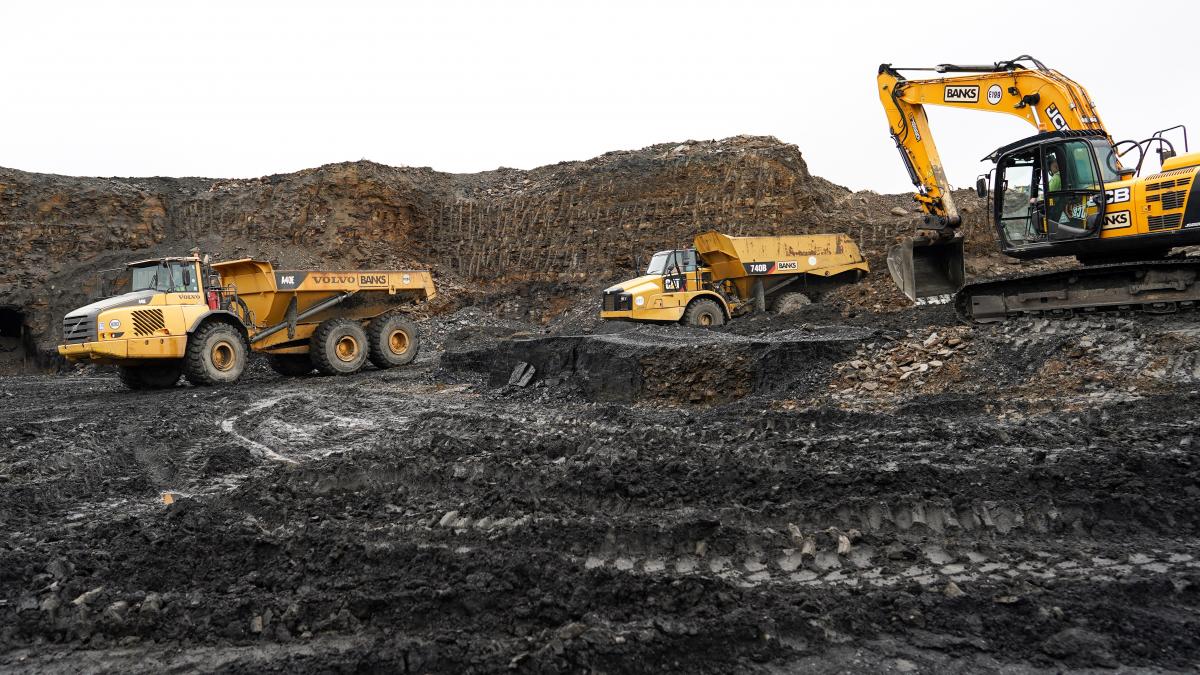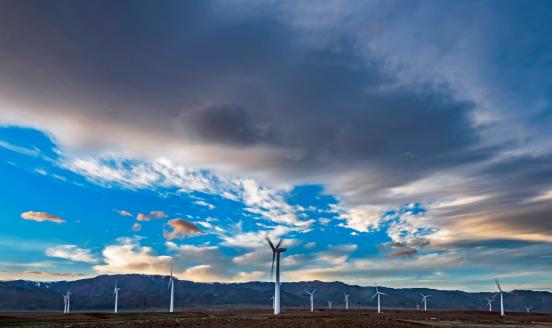How to extend carbon pricing beyond the comfort zone
Rapid emission cuts need a carbon price for the whole economy. This must be introduced in careful stages.

This blog piece is connected to the earlier policy contribution "A whole-economy carbon price for Europe and how to ger there".
The European Union has set itself an enormous task: reducing greenhouse emissions by about 40% compared to current levels in only nine years and essentially stopping those emissions by 2050. These targets go beyond the comfort zone of gradual replacement by cleaner alternatives of power plants, cars, planes, factories and heating systems that reach the end of their lifetimes. Furthermore, the EU’s current climate policies are insufficient to ensure that companies and consumers move quickly to reduce oil, coal and gas consumption, and invest in zero-emission alternatives.
Simply forbidding polluting activities, such as driving combustion-engine cars or heating with oil and coal, will be extremely intrusive. It would also be quite unfair as less-wealthy people in particular are most likely to own the second-hand cars or coal heating that would be first to be abolished, while being least able to invest in alternatives such as electric vehicles or heat pumps. However, publicly subsidising the replacement of polluting vehicles and heating systems will generate massive windfall profits for the wealthy and could cost governments more than they might be able to swallow.
Moreover, deciding the order of polluting assets to abolish, and which clean assets to subsidise and when to do so, is almost impossible. Such decisions depend not only on the type of asset but also its use. An old diesel SUV used for commuting might be more straightforwardly replaceable than the same vehicle used once a week by a farmer to bring produce to a market. Relying only on regulation and subsidies to decarbonise at the required speed will be intrusive, unfair and expensive.
So what should be done? The lowest-cost solution would be to reduce those uses of fossil fuels that are cheapest to replace by clean alternatives. Such a least-cost approach needs a uniform signal to all companies and consumers to tell them whether it is economically justifiable to continue using a polluting car or factory, or if it is time to replace it.
A uniform, whole-economy carbon price would provide the signal. In the EU, such a carbon price currently only exists for the industry and electricity sectors, while transport and heating are not covered. Moreover, the carbon price was very low for a long time, and is still not high enough to achieve full decarbonisation. The European Commission should therefore propose strengthening this price signal and extending it to the transport and heating sectors.
Though the best solution, this will be politically and technically very challenging. EU companies worry that their international competitiveness will suffer because of rising carbon prices. Consumers worry they will have to pay more or will end up subsidising industry. And establishing new rules for transport and heating will cause initial uncertainty that might temporarily undermine the credibility of the carbon price system for electricity and industry that has matured over 15 years.
To deal with these challenges, the EU should establish a second carbon-price system for transport and heating. This would reduce the concerns of consumers that their contributions are used to subsidise industry. Revenues from carbon pricing can also be used to help lower-income households. A parallel system would also reduce industry concerns that prices will increase too rapidly. A separate price would allow the new system to mature.
The new and existing carbon prices should be linked so the price differential stays within a band that can be tightened progressively. For example, when the price differential becomes too large, some of the annual public issuance of new allowances could be shifted from the system with lower prices to the system with higher prices. The systems can develop individually for some years, but ultimately will blend into a single system. This will allow the new system to quickly start and address the urgency of decarbonisation of the transport and heating sectors.
Finally, to encourage new technologies in order to decarbonise emissions-intensive sectors such as steel or cement, governments will need to provide some public support. Investors should compete for such support in auctions and any support should be phased out when carbon prices are high enough to make low-carbon products competitive. Over time this will imply that carbon prices in all sectors will converge to the same level and thus ensure a cost-efficient transition.
By allowing well-designed temporary deviations from the uniform carbon price principle, the European Union can speed-up the introduction of effective decarbonisation measures in all sectors, while ensuring that emissions in all sectors are ultimately treated the same.
Recommended citation:
Zachmann, G. (2021) 'How to extend carbon pricing beyond the comfort zone', Bruegel Blog, 1 April



